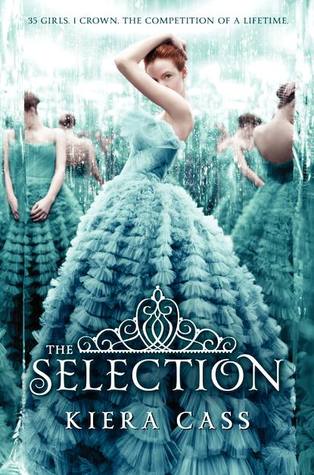| From: Google.com |
Critical Lens Expert
Text: Lolita by Vladimir Nabokov
Lens: Feminist
Google’s definition of Lolita is “a sexually precocious young girl.”
Elizabeth Patnoe questions why the definition of Lolita is not “‘a molested adolescent girl’ instead of a ‘seductive’ one?” in Lolita Misrepresented, Lolita Reclaimed: Disclosing the Doubles (Patnoe 82). Her answer: lack of perspective.
Lolita is told in Humbert Humbert’s perspective, who is an unreliable narrator. Humbert wants to prove that Lolita, not him, was the instigator of this relationship and that she was to blame. Lolita’s feelings are only described through the filter of Humbert’s retelling of the story. The critic pulls out examples of Lolita’s abuse “we see in her crying every night after she thinks Humbert is asleep, in the scratches she leaves on Humbert's neck while resisting sex with him, and in her escape from him” (82). Patnoe closely reads the passage in which Lolita and Humbert are together in the hotel room the first night after he removes her from camp. By imaging Lolita’s perspective she is able to gain a different understanding than what Humbert wants the reader to read. Humbert leaves out details as of who started the first kiss, what Lolita’s game was, and cryptically hides Lolita’s true intentions. This missing perspective further demonstrates Humbert ability to objectify females. Patnoe reveals that an entire other story is missing, Lolita’s.
| From: fanpop.com Lolita Crying |
However, this missing perspective leads to sympathy for Humbert. Some men that the critic spoke to “defended” Humbert and “understood” him (86-87). Yet, when reminded of situation in relation to their life, they were reminded of a different perspective. “He said, ‘If my daughter ever fooled around at that age,’ and stopped short. I replied, ‘If your daughter were Lolita, you'd call it rape.’ He shook his head, exhaled audibly through his nose, and said, ‘Touché. Now I see what you mean’” (86). There is a disconnect between the book and the meaning of the book in relation to life.
 |
| From: wordpress.com How can a movie be made exclusively from the perspective of one character? |
Throughout the book, Lolita appeared to be older than her age, 12, which is the same age as my sister (*shudder*) even with Humbert reminding that she is of “pubescence” age (Nabokov 161) and “a child” (41). He calls her a “Pubescent sweetheart!” reminding me more of an older girl than of a pre-teen (161). This off kilter perspective is what Humbert wants me to think, although it is more clear to me after I have read this passage. So, I understand Patnoe’s statement of “Perhaps these issues have not been adequately addressed because readers who do not have such disturbing desires cannot imagine, cannot bear or bare the thought of them in themselves or others, and so deny or minimize such imaginings” (Patnoe 86). I, for one would rather not think of these issues, yet I understand that for a comprehensive view of this fiction, a look into life as we know it must be looked upon, so I will continue to ponder Lolita from Lolita’s perspective.





